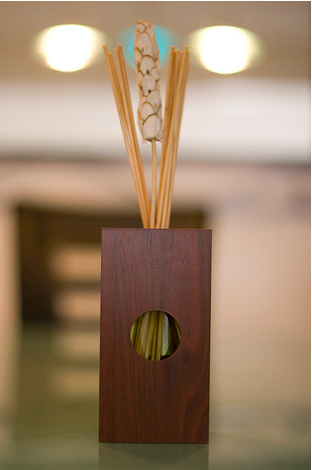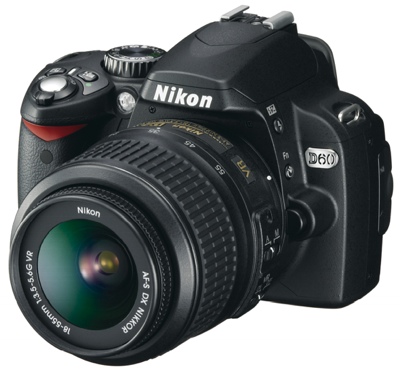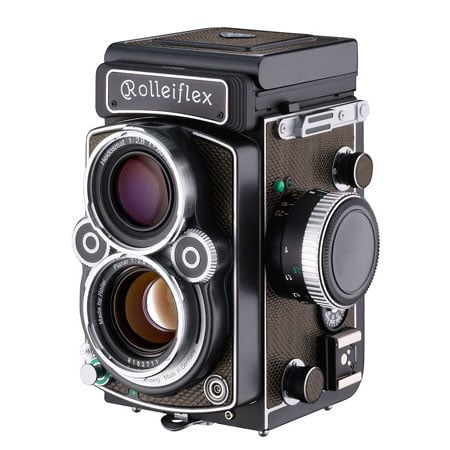Exposure is total amount of light that allow to be taken in camera. It can be adjust by using ISO, shutter speed, aperture and metering. If the exposure is too high, it is overexposed. If it is too low light that allow to be capture, then it is underexposed.
Overexposed

Underexposed
ISO
ISO is sensitivity of the image sensor to light. The higher the ISO, the higher sensitivity of image sensor. Different ISO should be use in different light condition. If there is a lot of light, then lower ISO should be use. For example, when in the sunny day, ISO 100-200 should be use. For evening, ISO 400-800 should be use. For night time, ISO 1600, 3200, Hi1 or Hi2 should be use. Higher ISO is use when the photographer don't want to use the internal flash as the flash is not natural. We should avoid to use higher ISO due to the higher ISO, the more grains or noise will produce.

Shutter Speed
Shutter speed is the time that use to take a photo. Shutter speed can from seconds to thousandths of second. The slower the shutter speed, the more light and colour will be capture. A slow shutter speed will cause a blur image. A slow shutter speed also can capture the movement of an object. For example, 1- 6 seconds of shutter speed suitable to use in capture the fireworks or water movement. A fast shutter speed can freeze the image, like the moment or time is stop. Fast shutter speed are use in capture the fast movement object like soccer player playing the game in Futsal.
The longer exposure (like 1 second) give much more
light to the film than a 1/1000 of a second exposure.
Examples:
A half second exposure is ONE STOP darker than a one
second exposure.
A 1/125 exposure is TWO STOPS brighter than a 1/500 exposure.
A 1/1000 exposure is THREE STOPS darker than a 1/125 exposure.
A 1/125 exposure is TWO STOPS brighter than a 1/500 exposure.
A 1/1000 exposure is THREE STOPS darker than a 1/125 exposure.
Aperture
Aperture is referred to the lens diaphragm opening inside a photographic lens. The size of the diaphragm opening in a camera lens regulates amount of light passes through onto the film inside the camera the moment when the shutter curtain in camera opens during an exposure process. The size of an aperture in a lens can either be a fixed or the most popular form in an adjustable type such as an SLR camera. Aperture size usually is calibrated in f-number or f-stops in which each of this value represents one time the amount of light either more or less in quality.
- Smaller F-stops numbers = larger openings
- larger openings = more light
Large Apertures (f2.8 to f5.6)
Large Apertures, such as f2.8 to
f5.6, produce shallow depth-of-field. Basically, this means the area of sharp
focus in the picture will be small. This can be useful when you want to isolate
the subject of your picture while throwing the background and other distracting
elements out of focus. Some useful applications of wide apertures include
portraits and wildlife closeups.
Small Apertures (f16 to f32)
Small Apertures, such as f16 to f32,
increase depth-of-field which means more elements of a picture, from foreground
to background, become sharply focused. This can create a distinct sense of
depth to a photograph, drawing the viewer into the picture. It's no surprise
that small apertures are a must for most landscape photographs.
Lens "Sweet Spots" (f8 and
f11)
Due to technical aspects of lens optics, the mid-range
apertures of f8 and f11 often yield the sharpest images. When neither a large
nor a very small aperture is needed, these are good apertures to use to
maximize the sharpness your lens can deliver.

Metering
There are three types of metering: Matrix, Center Weighted and Spot.
- Evaluative Metering/Matrix Metering is the “default” setting on most cameras. The camera sets the metering automatically to suit the scene and subject of the photograph. The entire scene within the camera’s viewfinder is utilized to assess the appropriate metering. This is the mode to use when you’re not sure which mode the scene will require.

Canon Digital Rebel XTi, 50mm f/1.4
lens, RAW file format, SOOC - Exposure: 1/30, ISO 200, Shot in Program Mode,
Evaluative Metering
- Partial Metering/Spot Metering is helpful for photographing back-lit subjects. The metering is weighted according to the very center of the shot which has a very small area of the frame. Use this mode when you have a very specific area of the photograph that you wish the exposure to be based upon.

Canon Digital Rebel XTi, 50mm f/1.4
lens, RAW file format, SOOC - Exposure: 1/20, ISO 200, Shot in Program Mode,
Partial Metering
- Center-Weighted Average Metering/Center-Weighted Metering which is setting gives priority to the center portion of the photograph, but also takes the surrounding portions of the shot into consideration. Basically, this is somewhere in between matrix and spot metering. Use this setting when the subject is in the center of the photograph and exposed correctly, so that the subject is not affected by the exposure of the background.

Canon Digital Rebel XTi, 50mm f/1.4
lens, RAW file format, SOOC - Exposure: 1/30, ISO 200, Shot in Program Mode,
Center-Weighted Metering







